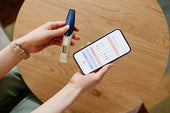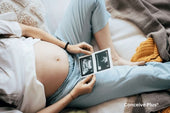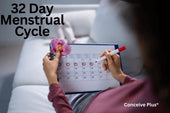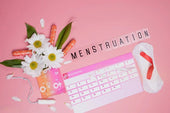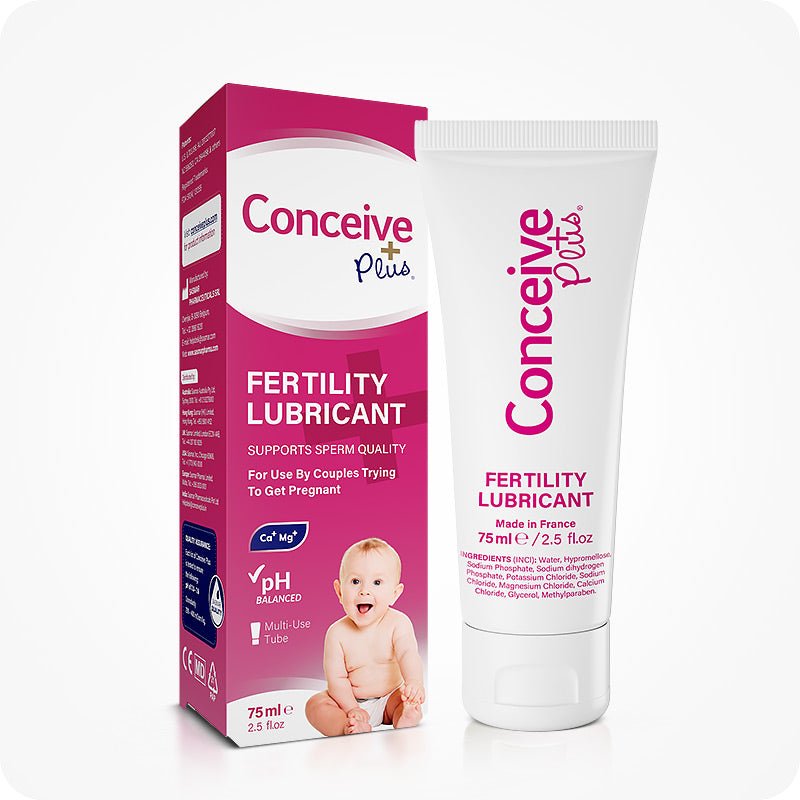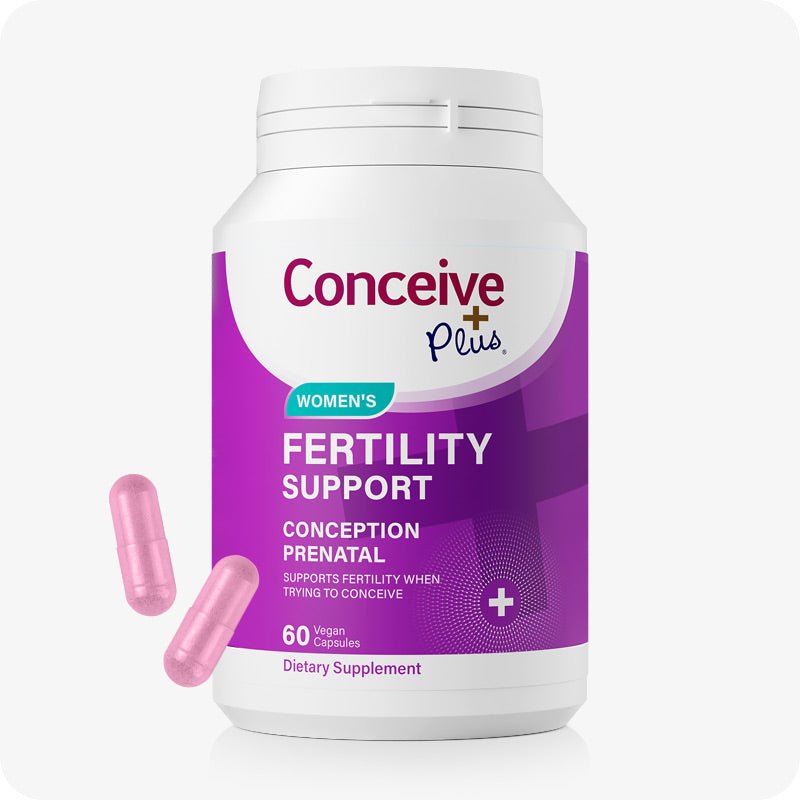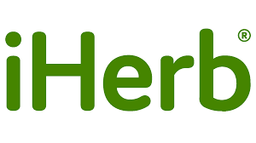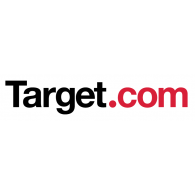Best Ovulation Tracker App: Discover the Smartest Way to Take Control of Your Fertility
If you’ve been searching for the best ovulation tracker app to support your fertility goals or simply gain a clearer understanding of your cycle, you’re far from alone. Ovulation tracking has evolved significantly thanks to technology, turning once-confusing fertility charts into user-friendly digital experiences.
From women trying to conceive to those simply aiming to understand their bodies better, the rise of ovulation and fertility apps is transforming how people approach reproductive health. But with so many available on app stores—free and paid—it’s hard to know which ones truly stand out. In this article, we’ll break down the essentials of ovulation tracking apps, explore what sets the best apart, and highlight top features to look for [1].
Understanding Ovulation Tracking
Ovulation tracking is a method of identifying the most fertile days in a woman’s menstrual cycle by monitoring key physiological signs. Typically, ovulation occurs about midway through the cycle, when a mature egg is released from the ovary. Tracking this event involves observing changes such as basal body temperature (BBT), cervical mucus consistency, hormone levels like luteinizing hormone (LH), and menstrual cycle patterns. These indicators can help predict ovulation and determine the fertile window—the days when conception is most likely.
Fertility tracking apps simplify this process by allowing users to log these symptoms daily. Many apps use algorithms that analyze historical data and current inputs to forecast ovulation with increasing accuracy over time. Some even integrate data from wearable devices for real-time monitoring.
Women turn to ovulation tracking for a variety of reasons: to increase the chances of conception, practice natural family planning methods, monitor cycle irregularities, or gain better insight into their hormonal health. The best ovulation tracker apps accommodate these goals with features such as symptom logging, fertility window alerts, and personalized health reports. For those with unpredictable patterns, tools for predicting ovulation irregular cycle scenarios are especially valuable. By offering detailed insights tailored to individual cycles, these apps help users feel more informed, in control, and connected to their reproductive health journey [2].
What Makes an App Stand Out?
Not all ovulation or fertility apps are created equal. To be considered the best fertility tracker app, it needs to combine accuracy, user-friendliness, customization, and a robust set of features. Here’s what matters most:
-
Data Input Options: Whether you're logging temperature, LH levels, symptoms, or mood swings, more input flexibility leads to better predictions.
-
AI and Predictive Technology: Advanced apps use machine learning to become more accurate over time.
-
Cycle Length Customization: Many women don’t have the standard 28-day cycle. The app must adapt to unique cycle lengths and variations.
-
Privacy and Data Protection: Sensitive reproductive data must be protected under strong privacy policies.
-
Integration: Compatibility with wearables or thermometers can enhance tracking.
-
Community Support: For some, built-in forums or advice sections can be helpful when navigating fertility challenges.
Paid vs. Free: Is Cost a Factor in Accuracy?
You might wonder whether only paid apps deliver accurate fertility insights. Surprisingly, many of the best free ovulation app options offer robust features that rival or even outperform paid alternatives. While premium versions may include extras like personalized coaching, hormone tracking, or ad-free use, several free fertility app choices are just as efficient at the core task: predicting ovulation and fertile windows.
That said, if you're looking for the best ovulation app to get pregnant free, don’t dismiss free versions just because of their price. Many have millions of users and plenty of clinical backing or user-generated success stories [3].
Top Features to Look for in a Fertility App
To help identify the best ovulation tracker, here are key functionalities worth prioritizing:
1. Accurate Ovulation Prediction
Apps that use multiple data points—like BBT, period logs, and hormone test results—are generally more reliable. Avoid apps that base predictions solely on previous cycle averages without learning from your real-time data.
2. User Interface and Design
A good user experience is vital. The app should be easy to navigate, with clear visuals showing fertile windows, menstruation days, and other cycle phases.
3. Educational Resources
Top apps go beyond tracking to educate users. Built-in tips, FAQs, and doctor-reviewed content can be a huge bonus, especially for first-time users.
4. Daily Insights and Reminders
The best fertility app will provide notifications to log symptoms, take temperature, or test hormone levels, making it easier to stay on track.
5. Backup and Sync Options
Data backup through the cloud or exportable files can be handy, especially when sharing with healthcare providers.
Best Apps Leading the Market
Let’s explore a few apps that are repeatedly recognized by users and experts for their performance, versatility, and value. Whether you want a free app for ovulation or are open to a subscription, these stand out:
1. Flo
With over 100 million downloads, Flo is one of the most popular fertility apps. It offers a simple interface, daily health insights, and AI-powered predictions. While it has a paid version, the free plan is comprehensive enough for most users.
2. Clue
Clue is celebrated for its scientific approach and gender-neutral language. It doesn’t assume user intent, which makes it great for tracking without necessarily aiming for pregnancy. The app provides cycle analysis and symptom correlation tools.
3. Premom
This app is particularly helpful for those using ovulation predictor kits. It allows photo uploads of LH strips and interprets results. Premom is ideal if you're looking for the best ovulation app tailored to conception.
4. Natural Cycles
FDA-cleared and backed by clinical studies, Natural Cycles is a subscription-based app that uses BBT for natural fertility planning. It’s highly accurate but requires consistency in temperature tracking. For those looking for precision and are open to paying, it could qualify as the best ovulation tracker app overall.
5. Ovia Fertility
Ovia shines in customization and daily fertility scores. It pulls data from various inputs—like sleep, diet, and symptoms—to create personalized feedback. It also integrates well with health tracking devices.
Can an App Really Help You Get Pregnant?
The short answer: yes. The best ovulation app to get pregnant free doesn’t guarantee results, but it dramatically increases your odds by helping you time intercourse during your fertile window. For many women with regular cycles, even a basic menstrual calendar or calendar-based tracker works surprisingly well.
But it’s not just about fertility. Ovulation apps also provide emotional and mental reassurance. Seeing trends, understanding how your body reacts month to month, and having access to relevant tips can significantly reduce stress around the conception process [4].
Tailoring Apps to Your Specific Needs
There’s no one-size-fits-all. If your cycle is irregular, opt for an app that allows hormone testing integration or has a learning algorithm. If you prefer discretion, choose a minimalist interface without social features. If you're on a tight budget, look for the best free ovulation app that offers core tracking and prediction features without pushing constant upgrades.
Women managing conditions like PCOS, PCOD, thyroid issues, endometriosis, or any other fertility issue may also benefit from fertility apps that allow symptom tracking and support cycle anomalies. Custom notes, symptom tagging, and exportable reports make these apps valuable when communicating with healthcare providers.
Syncing with Lifestyle and Technology
In today’s digital age, syncing ovulation tracking with lifestyle and technology is becoming the new norm for many women. Fertility apps are no longer limited to just logging cycle dates—they now integrate with a wide range of wearable devices and wellness platforms to offer a more complete picture of reproductive health. Devices like smart thermometers, fitness trackers, and sleep monitors can passively collect data such as basal body temperature, heart rate variability, sleep quality, and physical activity. When synced with an app, this continuous stream of biometric information helps increase the accuracy of ovulation predictions and simplifies the tracking process.
For instance, wearable devices that automatically record temperature upon waking eliminate the need for manual entry, reducing user error and improving reliability. Similarly, sleep patterns and stress levels—both of which influence fertility—can be monitored and analyzed in context.
Beyond physical metrics, many apps also support lifestyle syncing. Users can log meals, hydration, supplements, workouts, and even meditation or mood tracking. This transforms fertility apps from basic calendars into personalized health companions. Over time, the data creates a comprehensive health timeline that not only supports conception goals but also promotes better overall well-being, making these tools indispensable for modern reproductive self-care [5].
The Bottom Line
Choosing the best ovulation tracker app depends on your personal goals, lifestyle, and health needs. Whether you're actively trying to conceive, avoiding pregnancy naturally, or just learning about your cycle, the right app can become an invaluable part of your routine.
From apps that use artificial intelligence to predict ovulation windows with astonishing accuracy, to those that offer comprehensive education and support, there’s never been a better time to embrace digital fertility tools. Whether you're opting for a premium subscription or exploring a free ovulation app, take the time to evaluate your options and find the one that aligns with your preferences.
With the best fertility tracker app in your corner, your journey—whatever it may be—becomes more informed, empowered, and supported.
References
- Lyzwinski L, Elgendi M, Menon C. Innovative Approaches to Menstruation and Fertility Tracking Using Wearable Reproductive Health Technology: Systematic Review. J Med Internet Res. 2024 Feb 15;26:e45139. doi: 10.2196/45139. PMID: 38358798; PMCID: PMC10905339.
- Broad A, Biswakarma R, Harper JC. A survey of women's experiences of using period tracker applications: Attitudes, ovulation prediction and how the accuracy of the app in predicting period start dates affects their feelings and behaviours. Womens Health (Lond). 2022 Jan-Dec;18:17455057221095246. doi: 10.1177/17455057221095246. PMID: 35465788; PMCID: PMC9047811.
- Johnson, S., Marriott, L., & Zinaman, M. (2018). Can apps and calendar methods predict ovulation with accuracy? Current Medical Research and Opinion, 34(9), 1587–1594. https://doi.org/10.1080/03007995.2018.1475348
- Al-Rshoud F, Qudsi A, Naffa FW, Al Omari B, AlFalah AG. The Use and Efficacy of Mobile Fertility-tracking Applications as a Method of Contraception: a Survey. Curr Obstet Gynecol Rep. 2021;10(2):25-29. doi: 10.1007/s13669-021-00305-4. Epub 2021 Mar 31. PMID: 33815936; PMCID: PMC8009922.
- Starling MS, Kandel Z, Haile L, et al. User profile and preferences in fertility apps for preventing pregnancy: an exploratory pilot study. Mhealth. 2018;4:21. doi: 10.21037/mhealth.2018.06.02.






